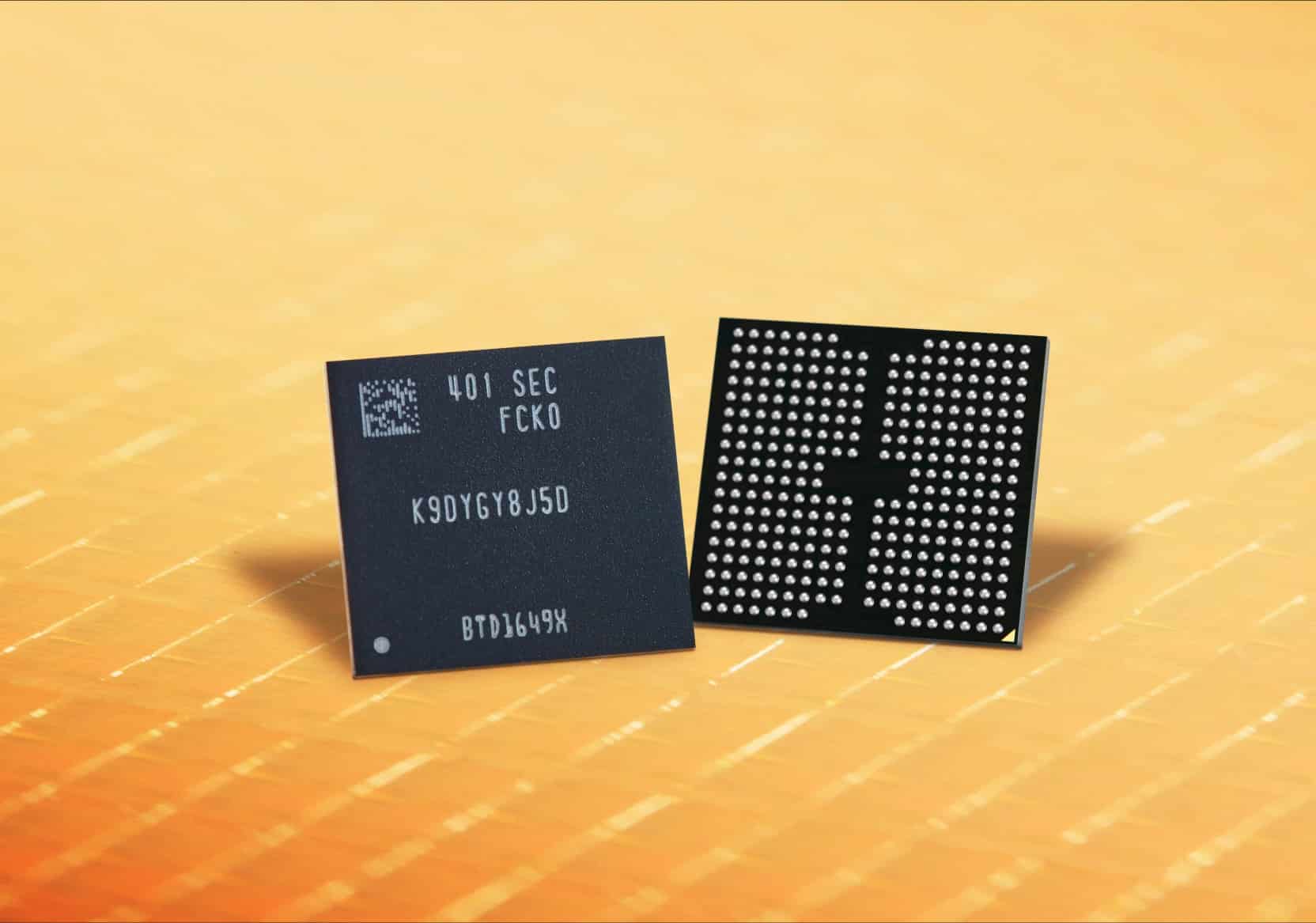The underperformance of Samsung’s most advanced node is causing a loss of key clients like Google, Qualcomm, and AMD to its Taiwanese rival.
Samsung Electronics’ competitiveness in the next-generation semiconductor foundry market has faced a new setback. According to reports from South Korean media, the company’s 3-nanometer (3 nm) chip manufacturing process remains stuck with a yield rate below 50%, despite having begun mass production three years ago. This figure sharply contrasts with the over 90% yield reported by TSMC for its equivalent process, leading several strategic customers to reconsider their trust in Samsung.
Google, Qualcomm, and AMD move away
One significant case is that of Google, which initially planned to manufacture its Tensor Processing Units (TPUs) focused on artificial intelligence using Samsung’s 3 nm node. However, sources quoted by The Chosun Ilbo state that these orders have been redirected to TSMC, due to ongoing issues in the testing phases with the South Korean foundry.
Other giants like Qualcomm and AMD have also opted to exclude Samsung from their more advanced production plans. According to industry experts, this loss of trust is proving difficult to reverse, as the foundry business relies not only on technological innovation but also on reliability and consistency in manufacturing performance.
TSMC strengthens its leadership
While Samsung struggles to stabilize its 3 nm node, its main competitor, Taiwan Semiconductor Manufacturing Company (TSMC), continues to gain market share thanks to its N3P process, the third generation of 3 nm. Companies like Apple, NVIDIA, MediaTek, and Qualcomm are already using this node, with plans to migrate to the 2 nm process in 2026, further consolidating TSMC’s dominance in cutting-edge semiconductors.
TSMC will also manufacture Google’s Tensor G5 chip using its second-generation 3 nm node, allowing the U.S. company to narrow the performance and energy efficiency gap compared to its competitors.
Samsung’s challenge: rebuilding trust
The main issue lies in Samsung’s difficulty in converting tests into firm contracts. Although its 3 nm process utilizes GAA (Gate-All-Around) technology—considered a key innovation for energy efficiency—low success rates have eroded customer confidence.
“In the foundry business, trust is everything,” said an industry analyst. “When companies face technical difficulties during product development, they tend to migrate toward manufacturers that offer more assurances of success.”
A containment strategy in China
To alleviate the underutilization of its 3 nm and 4 nm lines, Samsung is once again betting on its more mature and stable 5 nm and 7 nm nodes. Additionally, it has intensified its efforts in China, collaborating with local electronic design automation (EDA) companies to capture orders from Chinese clients.
However, the rise of new Chinese semiconductor firms could pose a new competitive challenge for Samsung in the near future, further complicating its recovery in this critical segment.
Outlook
Samsung Electronics, a company that has long prided itself on being at the forefront of chip manufacturing, now faces the challenge of rebuilding lost credibility. In a context of high demand from the artificial intelligence and high-performance computing industries, the margin for error is minimal. If it fails to significantly improve its yields in advanced nodes, the company could lose its position in one of the most strategic markets in the tech world.
Source: smbom

